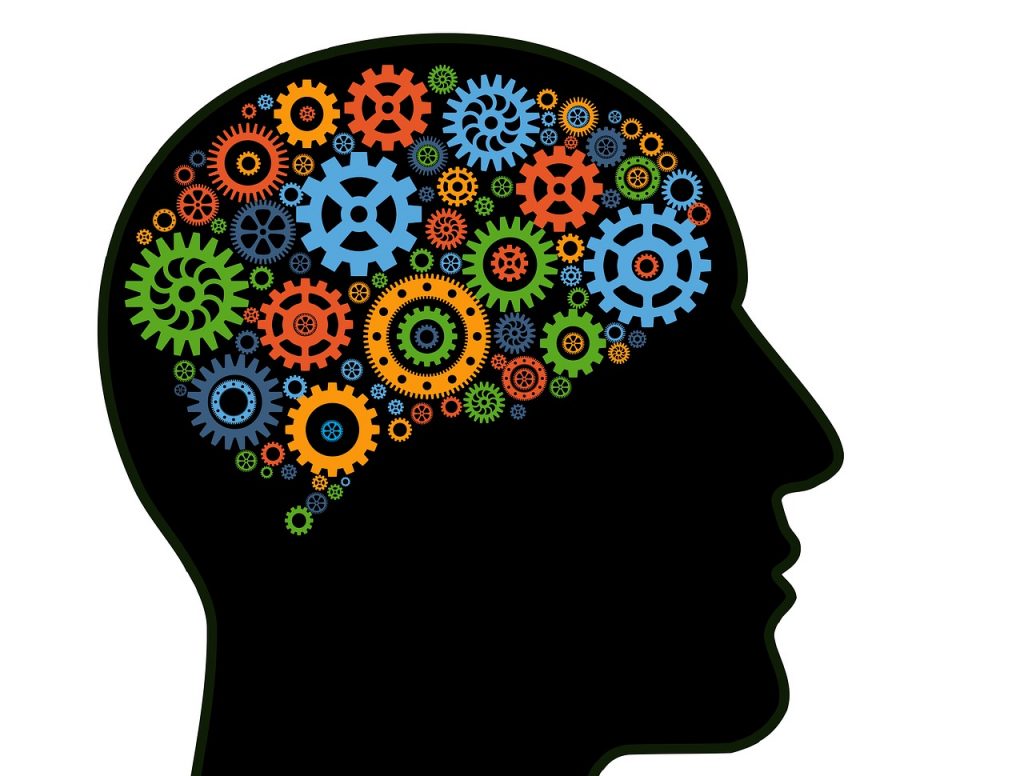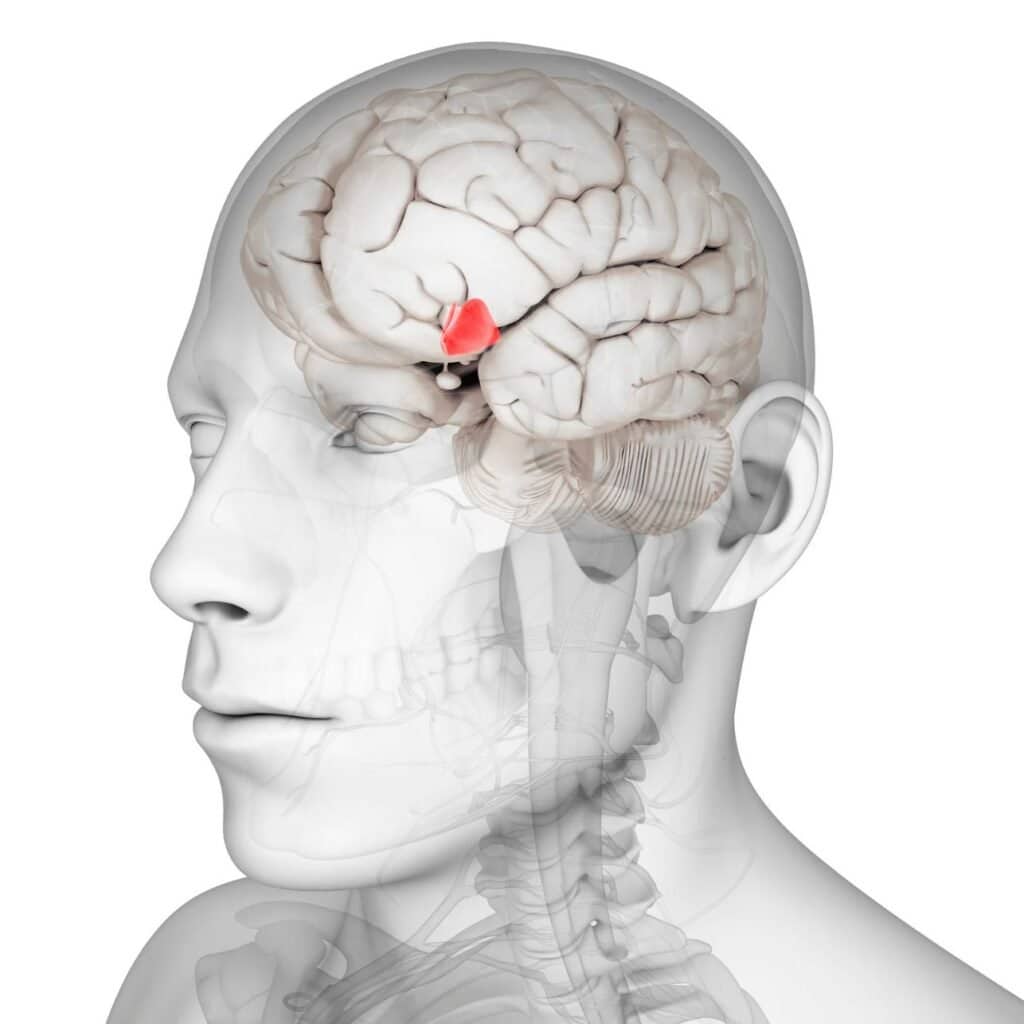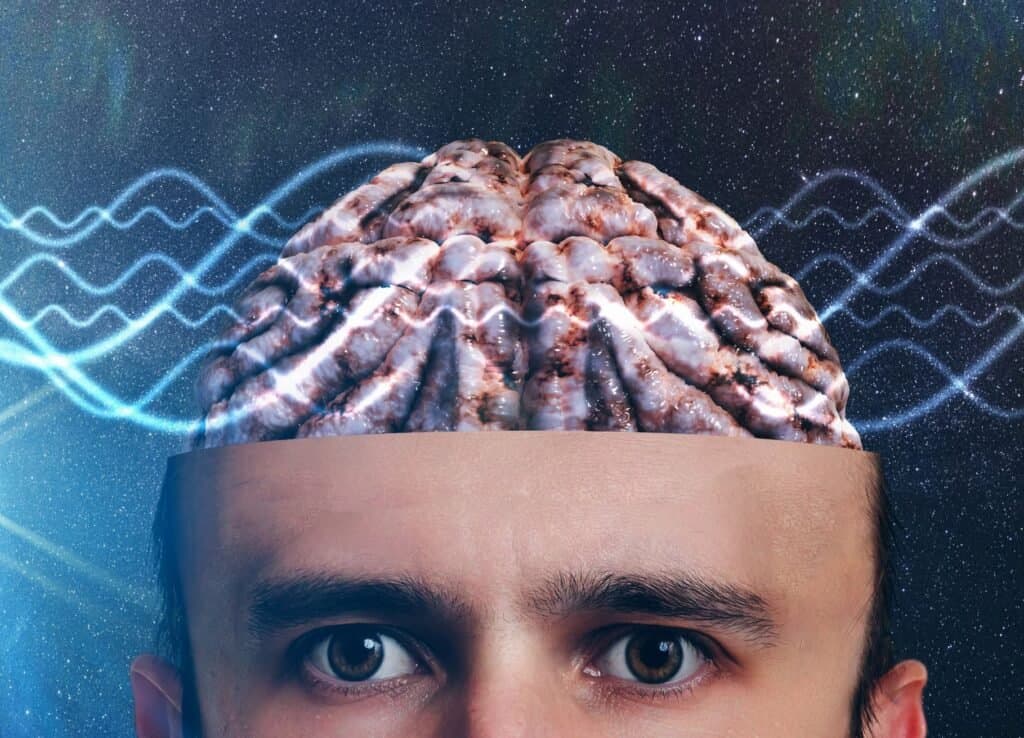Don’t give me attitude!!!
I seem to be always telling people not to give me attitude. I tell my wife about once a week, my kids about once a day, and my students about once a minute. When I say attitude, I am trying to tell people to show respect. In reality an attitude is just a set of beliefs and feelings. We have attitudes towards almost everything and these attitudes are very evaluative, which means they are judgmental in either positive or negative way.
Researching people’s attitudes is a really big deal in psychology. In fact, the whole filed of advertising is based on people’s attitudes. For example, Sony Playstation wants you to develop a favorable attitude towards them and an unfavorable one towards Microsoft X-Box (and they spend a whole boatload of money to do so).
(By the way- I have the PS3 and it is awesome!!!!!!)
At least when my wife lets me play it….
Advertisers are well aware of a psychological concept called the mere-exposure effect, which states that the more you are exposed to something the more you will come to like it. When I am going to buy some toys for my kids (I can’t believe I have three kids- how did that happen?), I always seem to go to Toy-R-Us. The reason being that growing up I heard that freaking Toys-R-Us theme song so many times that I cannot help but want to go there.
Advertisers also learned that the person communicating the message can influence your attitude. There is a whole lot of research on this, but to make a long story short- attractive (hot) people are more persuasive communicators. People look at hot (and famous) people and 1.want to be like them or 2. want to be with them. There is some research that says that more educated people are less persuaded by advertisements (that says some bad things about my education because my house is full of As Seen on TV stuff and infomercials are a huge weakness of mine). It has been shown that with a less educated audience a one sided message works best. But with a more educated audience, a communication that acknowledges and refutes opposing arguments will be more effective.
Attitude and Behavior
It used to be assumed that if you knew someone’s attitude, then you could predict their behavior. In other words, if I knew that Ginger hated video games, then I could predict that she would not buy an X-Box (but who would with a PS3 out there). However, researcher LaPiere in the 1930’s showed us that the relationship was not as clear. LaPiere was examining prejudice against Asians in the United States. He traveled with an Asian couple around the country and watched how they were treated. Only on one occasion was the couple treated badly due to their race. After the trip, LaPiere contacted all of the establishments they had visited and asked about their attitudes towards Asian patrons. Over 90% of the respondents said they would NOT serve Asians. The finding illustrates that attitudes do not perfectly predict behaviors.
Sometimes if you can change people’s behavior, you can change their attitudes. Cognitive Dissonance theory is based on the idea that people are motivated to have consistent attitudes and behaviors. When their attitudes and their behaviors do not match, they experience an uncomfortable mental tension (dissonance). The dissonance will often cause them to change either their attitude or behavior to match each other. For example, suppose Morgan thinks studying is only for geeks. If he then studies 8 hours for a AP US History test, his attitude will not match his actions and he will experience cognitive dissonance.
Since he cannot change his actions (he already studied for 8 hours), the only way to reduce the dissonance is to change his attitude and decide that studying does not necessarily make someone a geek (be aware that this change in attitude does NOT occur in conscious awareness).
Compliance Strategies
Sometimes people us compliance strategies to change others behaviors (and we know that can lead to a change in attitude according to cognitive dissonance theory). There are three popular compliance strategies that you should know. Many of you use them daily and if you don’t, use them wisely.
-
foot-in-the-door: this phenomenon suggests that if you get people to agree to a small request, they will become more likely to agree to follow-up requests that are much larger. You want to borrow $500 for a PS3 (well worth it) from your Mom. You ask her for $100 and she says yes. Since she said OK to $25, she is more likely to say yes to $50 tomorrow and so on.
-
door-in-the-face: this strategy argues that after people refuse a large request, they will look more favorable upon a follow up request that seems small in comparison. You ask your Mom for $15,000 for a new car and when she says “you must be on drugs!!!”, you say, “fine, just get me a PS3 instead”.
-
norms of reciprocity: it is common courtesy to think that when someone does something nice for you, it is your duty to do something nice in return. Here you make your Mom dinner, then ask her for the PS3.
Charities always send me free stuff in the mail (like personalized mailing labels and bookmarks) hoping I will feel the norms of reciprocity and send them money. They just don’t know me so well…..damn charitable organizations- they ain’t gettin my money.
Stereotypes, Prejudice and Discrimination
Unfortunately, embedded in our attitudes can be negative feelings we have towards groups of people. We all have ideas about what members of certain groups are like. We call these ideas stereotypes, and they can be either positive or negative. You could think that all kids form Harrison are cool or all kids from Rye are preppy and stuck up (most stereotypes are not this benign. Piaget would view stereotypes as strict schemas about various groups of people.
A prejudice is am undeserved, usually negative, attitude towards a group of people. Stereotyping can lead to prejudice when negative stereotypes are applied to all members of a group, resulting in a negative attitude towards members of that group. For example, you meet someone from Rye and automatically think they are stuck up.
While prejudice is an attitude, discrimination involves an action. When one discriminates, they act on a prejudice. For example, I think kids from Rye are stuck up so I won’t teach them.
People tend to see members of their own group, the in-group, as better than members of other groups, out-groups. This idea is called out-group homogeneity. For example, I grew up in Rye and so I know that most people here are not preppy and stuck up. To me, they are intelligent and kind. But I do not know many people from Santa Fe, New Mexico. I would tend to look for favorable towards people from Rye, because they are who I know; in-group bias.
We are not sure where prejudice comes from. many psychologists point to Bandura’s concept of modeling behaviors. If this is true, then prejudices can be unlearned through modeling as well.
One theory to reduce prejudice is called contact theory. Contact theory states that is you bring hostile groups together, and give them a common goal (they call superordinate goal) then they will work together and prejudice will be reduced. For example, if I bring the Harrison Husky football team and the Rye Garnet team together and give them a superordinate goal (raise money for sick children), the two groups would see more similarities than differences and would begin to accept each other. Think about how we can use this idea to help all groups, from clicks in the high school to warring cultures.
Attribution Theory
Attribution theory is a unique area of social psychology that tries to explain how people determine the cause for what they observe. As you will see, the way in which I judge your actions can often lead to everything from prejudice to love. Let’s say you are driving down the street and some “dude” in a red BMW cuts you off and almost causes an accident.
There are basically two ways you are going to view the dude who cut you off. You may think that the dude is an a-hole, which means that you have made a personal or dispositional attribution. Or you may think that the dude must be having a bad day, or is in a rush because of an emergency, and thus are making a situational attribution. If you judge someone’s behavior as being a product of their personality then you are making a personal or dispositional attribution and if you judge their behavior as a product of the environment around them then you are making a situational attribution.
In general people tend to overestimate the importance of dispositional factors and underestimate the role of situational factors. This is called the fundamental attribution error. In other words, you are more likely to think the dude who cut you off is a jerk than the possibility that he had a bad day. In general, the less you know someone, the more likely you are to attribute their behavior to their personality. The more you know someone, the more likely you attribute their behavior to a situation. If your best friend was a schmoolie to you one day, you would think to yourself that something must be wrong and attribute their behavior to a bad situation they are in.
Now the fundamental attribution error was named fundamental because it was believed to be very widespread. Scientists today say that the error is very cultural and found more often in individualistic cultures rather than collectivistic cultures (I cannot remember if we ever defined what these cultures were earlier in the year- I will assume we did because I am lazy). The error was first thought to be global in proportions. The researchers who first discovered the fundamental attribution error and assumed it was widespread in all cultures were sufferring from the false-consensus effect. The false-consensus effect is the tendency to overestimate the number of people who feel how you feel. If you live in New York you probably love the Yankees. You assume that there are SO many Yankee fans because you are around them all the time. In reality, the Yankees are the most hated team in the USA. We Yankee fans suffer from the false-consensus effect.
Not only are we are biased in how we attribute behaviors, but we are biased in just about everything about us. Self-serving bias is the tendency to take more credit for good outcomes and less for bad ones. I coach the Varsity bowling team and when we win it is because of my great coaching. When we lose it is 1.the oil on the lanes or 2. lack of team talent (yeah Nicole, Lisa and Christine…. I’m talking about you!!!).
Self-fulfilling Prophecy
In 1968 two researchers, Rosenthal and Jacobson, conducted a very famous, yet controversial, experiment called “Pygmalion in the Classroom”. They gave a test to a bunch of elementary school children and told the teachers and the students that the test would measure those who who on the verge of great academic growth (potential geniuses)- in reality the test was just a basic IQ test. Then they randomly took a bunch of students and told the teachers that these were the students that were on the verge of great academic growth. In reality, the scores did not matter because the students were chosen at random to be in that group. Five months later, at the end of the school year, they gave the test again to the students. Incredibly, the students who were randomly chosen to be in the group that the teachers were told were smarter, had much higher IQ scores than the rest of the kids. How did this happen?
Well, think about it. The teachers were told that this group of students were on the verge of academic greatness. They then began to treat the students as if they were smarter. The students responded and actually became smarter. In psychology we call this concept a self-fulfilling prophecy; where preconceived notions about people influence the way we act towards them, often making the notions a reality. If I think you hate me (and pretend you do not), I will begin to treat you badly. If I treat you badly, you will actually begin to hate me. My belief (even though it was originally false) created a reality- powerful stuff.











